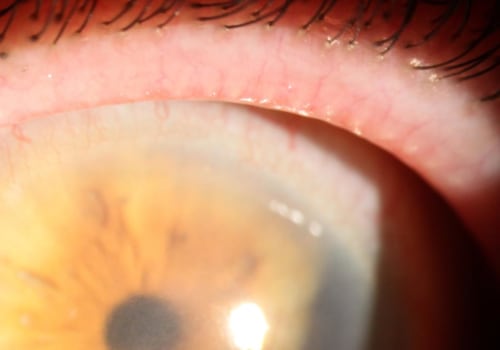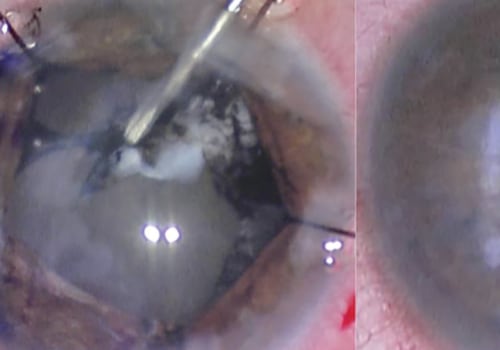Local anesthetic is the most common type of anesthesia used for cataract surgery. Before the procedure, the patient will receive a numbing eye drop to block pain signals from the eye to the brain. In addition, the anesthetist will administer an appropriate amount of local anesthetic. During the procedure, the anesthetist will monitor the patient's vital signs, such as pulse oximetry and respiratory rate. They will also provide physical contact with the patient.
Intravenous twilight sedation is another type of anesthesia used for cataract surgery. This technique makes the surgery painless and helps reduce patient anxiety and stress. However, it may also cause drowsiness after the procedure is completed. The use of sedation in cataract surgery varies between countries and institutions. Its reasons for variation include cost, personnel, and facilities.
Regional anesthesia is a well-established practice in the US for cataract surgery. This type of anesthesia has been used in the US since the 1950s and is often used to treat patients with special needs, such as young children or those with acute anxiety. Regional anesthesia has the potential to reduce costs and increase patient throughput. However, a small risk of adverse events may occur. Therefore, it is essential to monitor vital signs as appropriate.
When it comes to choosing anesthesia for cataract surgery, patient preference is a major factor. Informing patients about the risks associated with sedation is essential to help them understand and manage expectations. The use of sedatives and opioid analgesics to mitigate inadequate local/topical anesthesia has significantly increased the risk of adverse events. Therefore, an appropriate selection of anesthesia is essential to minimize the risk of adverse events.
Cataract surgery is a safe and effective procedure that can help restore vision and improve quality of life. However, it can be stressful for patients due to the use of anesthesia. Pre-operative patient education can help minimize anxiety and prevent unnecessary sedatives. If you have any questions or concerns about your upcoming cataract surgery, be sure to talk to your doctor or eye care professional.



